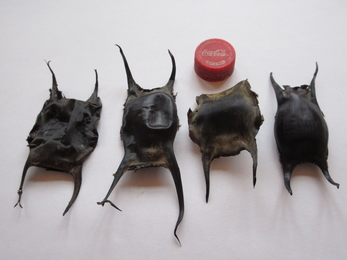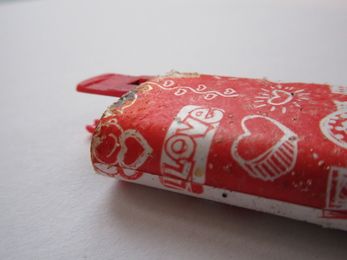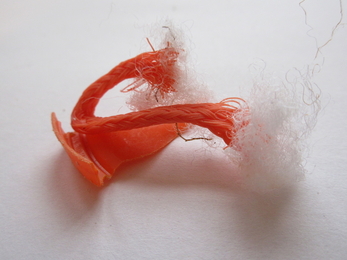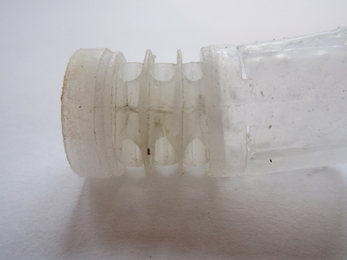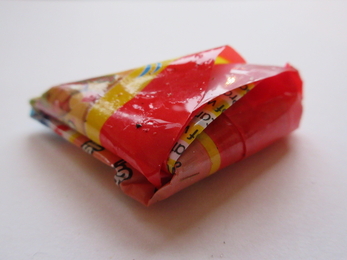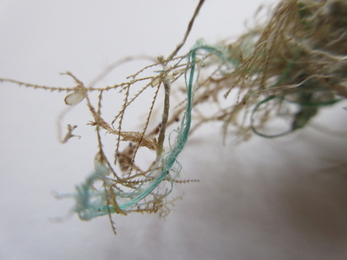Welcome to the new decade, 2020! The cold, wet mist and the low throbbing fog horns welcomed me to the first day of the year. Living at the top of the hill in Lymington I always get a ‘heads up’ if the visibility is poor. The fog horns from the Needles and in the Lymington River have a low-bellied, mournful call that creeps and rolls on the damp air.
The entrance to the Western Solent is marked on the mainland by the dominating structure of Hurst Castle at the very tip of the shingle promontory, Hurst Spit. On Valentine’s Day 2014 the spit was breached in the terrific storm and the romantic diners in the restaurant at the base of the shingle bar had a hair-raising adventure as the storm rose and fist-sized rocks were hurled through the windows. Diners were evacuated to the upper floors, while their cars were wrecked in the car park and the army were sent out to rescue the romantic couples cowering on the roof.
Today though it was dank and still as I clutched my litter picker, my collection bag and gloves. I started the beach clean focusing on the strand line where most of debris was. No large pieces, but some interesting and varied pieces of plastic and four mermaids’ purses; one spotted ray, one cuckoo ray, and two thornback rays. These are the abandoned egg cases after the ray has hatched. The Shark Trust collect the details of these so I will file them online later. I was fortunate enough to have their leaflet that helps identify the different egg cases of rays, skate and cat sharks.


